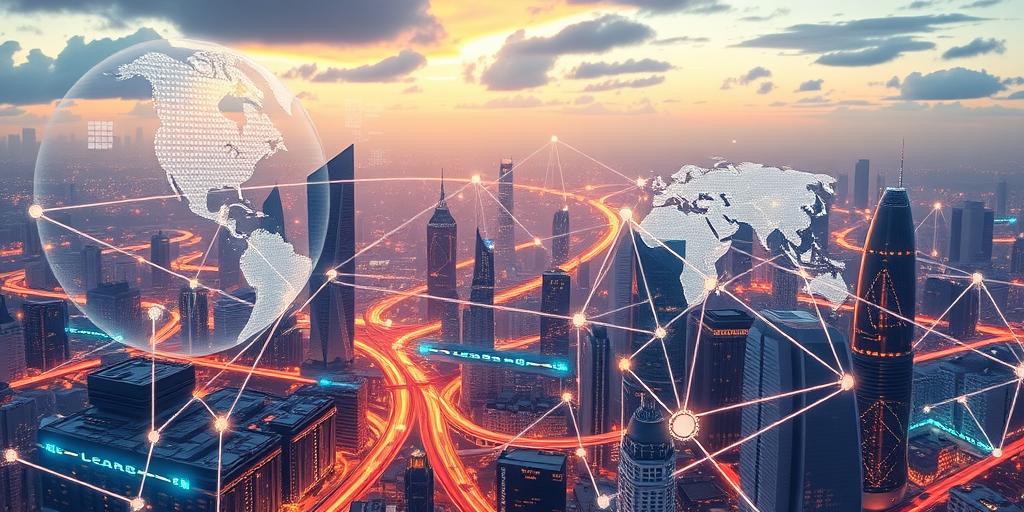The Future of Global Trade and Technology: Navigating a World in Flux
The intersection of global trade and technology is reshaping the world as we know it. From blockchain-enabled supply chains to AI-driven market analysis, technological advancements are not just streamlining trade processes but also redefining international relations and economic strategies. This article delves into the key trends, challenges, and opportunities that lie ahead in this dynamic landscape.
Key Trends Driving Change
Digitalization of Supply Chains: Blockchain, IoT, and AI are creating more transparent, efficient, and resilient supply chains. These technologies enable real-time tracking of goods, automated customs clearance, and predictive analysis of potential disruptions.
E-commerce Expansion: The rise of cross-border e-commerce is breaking down traditional barriers to entry for businesses of all sizes. Platforms like Alibaba and Amazon are facilitating global trade, connecting consumers with products from around the world.
AI and Automation: Artificial intelligence and automation are transforming trade operations, from logistics and warehousing to customer service and market research. These technologies improve efficiency, reduce costs, and enhance decision-making.
Data-Driven Trade Policies: Governments are increasingly using data analytics to inform trade policies and negotiations. This evidence-based approach helps policymakers identify opportunities for economic growth, address trade imbalances, and mitigate risks.
Challenges and Opportunities
- Cybersecurity Risks: As trade becomes more digitized, the risk of cyberattacks increases. Protecting sensitive trade data and critical infrastructure is essential for maintaining trust and stability in the global trading system.
- Regulatory Divergence: The lack of harmonized regulations across countries can create barriers to cross-border trade. Efforts to align standards and promote regulatory cooperation are crucial for fostering seamless international commerce.
- Skills Gap: The adoption of new technologies requires a skilled workforce. Investing in education and training programs to equip workers with the skills needed to thrive in the digital economy is paramount.
- Sustainability Imperative: The environmental impact of global trade is coming under increasing scrutiny. Businesses and governments must work together to promote sustainable trade practices, reduce carbon emissions, and protect natural resources.
The Path Forward
The future of global trade and technology will be shaped by our ability to adapt to change, embrace innovation, and address the challenges that lie ahead. By investing in technology, promoting regulatory cooperation, and fostering a skilled workforce, we can unlock the full potential of global trade to drive economic growth, create jobs, and improve living standards around the world.
Long-tail keywords:
- "impact of technology on global trade"
- "future of international trade agreements"
- "digital transformation in global commerce"
- "role of AI in global supply chains"
- "challenges in cross-border e-commerce"









